A new cattle feed has been launched that its makers claim will slash the satfat content and carbon footprint of dairy products and "revolutionise" the dairy industry.
Lintec, which is already used extensively on the Continent, was introduced to the UK this week by BOCM Pauls, the country's largest feed supplier.
A special processing technique produces a feed that subtly changes the cow's metabolism and fatty acid synthesis.
As a result, satfat levels in the milk are reduced and methane output one of the most significant elements in dairying's carbon footprint is also cut, by up to 10%.
Lintec would "revolutionise ruminant feeding in the UK" because it was "good for the cow, good for the farmer, good for human nutrition and good for the environment too", said David Forbes, marketing manager at BOCM Pauls.
The feed is made from a strain of linseed that has been bred to contain very high levels of omega-3, similar to those contained in fresh, spring grass. This will have positive nutritional benefits for cows.
In France, its benefits have been promoted to consumers via on-pack branding with either a Bleu-Blanc-Coeur a blue-white flower featuring a heart shaped petal or an Omega-3 Naturally logo.
"Milk, yogurt, eggs, ham, cheese, beef and many other products are all available with Bleu-Blanc-Coeur," said Beatrice Dupont, sales manager for Valorex, which owns the patent rights to the extrusion process and is sharing its technical knowledge with BOCM Pauls. Her company has carried out extensive human nutrition trials to support the claims.
It is not yet known to what extent satfat levels or methane will be reduced in the UK, but research on how to measure the impact of Lintec in the UK was continuing, said Wyn Morris, national ruminant development manager at BOCM Pauls.
The company had already had a lot of interest from dairy processors and retailers, he added.
Lintec, which is already used extensively on the Continent, was introduced to the UK this week by BOCM Pauls, the country's largest feed supplier.
A special processing technique produces a feed that subtly changes the cow's metabolism and fatty acid synthesis.
As a result, satfat levels in the milk are reduced and methane output one of the most significant elements in dairying's carbon footprint is also cut, by up to 10%.
Lintec would "revolutionise ruminant feeding in the UK" because it was "good for the cow, good for the farmer, good for human nutrition and good for the environment too", said David Forbes, marketing manager at BOCM Pauls.
The feed is made from a strain of linseed that has been bred to contain very high levels of omega-3, similar to those contained in fresh, spring grass. This will have positive nutritional benefits for cows.
In France, its benefits have been promoted to consumers via on-pack branding with either a Bleu-Blanc-Coeur a blue-white flower featuring a heart shaped petal or an Omega-3 Naturally logo.
"Milk, yogurt, eggs, ham, cheese, beef and many other products are all available with Bleu-Blanc-Coeur," said Beatrice Dupont, sales manager for Valorex, which owns the patent rights to the extrusion process and is sharing its technical knowledge with BOCM Pauls. Her company has carried out extensive human nutrition trials to support the claims.
It is not yet known to what extent satfat levels or methane will be reduced in the UK, but research on how to measure the impact of Lintec in the UK was continuing, said Wyn Morris, national ruminant development manager at BOCM Pauls.
The company had already had a lot of interest from dairy processors and retailers, he added.



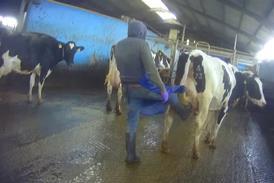








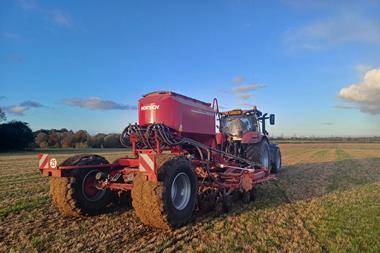

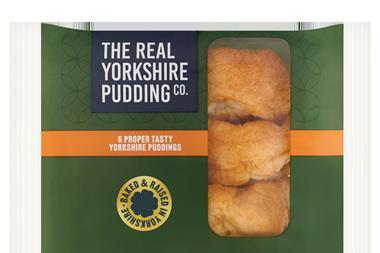
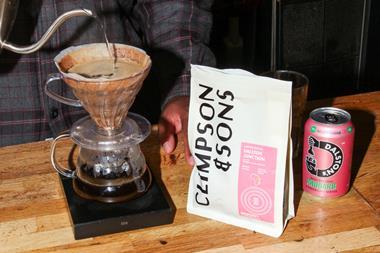
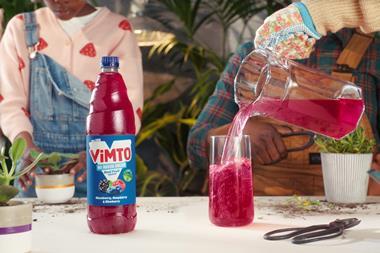


No comments yet